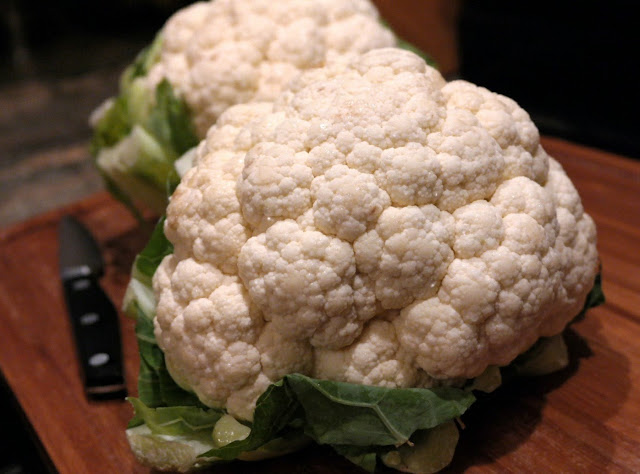Melomakarona are the quintessential Greek Christmas cookie. I have some information on their history in the other melomakarona recipe posted on this blog. The recipe on this page is one I tried for the first time, and as it turned out, it was a great recipe. It even got the approval of my mother, who is on the stingy side with her compliments. It's a recipe based on one by Greek master pastry chef Stelios Parliaros. It was well worth making. The cookies turned out crunchy on the outside and soft on the inside, they had the fragrant aroma and taste of oranges, and the syrup in which they were dipped made them really delicious. This is a sophisticated version of melomakarona, with prominent orange and honey-flavoured notes. I loved it, loved it, loved it, but I also love my other melomakarona recipe posted here, which contains a heavier dose of spices. I suppose that from one Christmas to the other, I will have to alternate between these two recipes.
Chef Parliaros lives in Athens, where he occasionally makes TV appearances and where he markets his concoctions in the several patisserie shops he owns. He is a highly praised French-trained pastry chef. He is also very good at teaching his craft. I watch his demonstrations on YouTube, and he inspires me.
The most important piece of advice the chef gives is to mix the dough by hand and to work in gentle, light strokes. In this way, the dough will stay fluffy, and the oil contained in the melomakarona will not leak out during baking. If the oil leaks out, the cookies will turn out dry. You want a cookie that is crunchy on the outside and soft on the inside. Working quickly and softly should provide that result. Another piece of advice given is to have the syrup cold and the melomakarona hot when we dip them in the syrup. Chef is very insistent about that. So here we go:
- Into a pot, add the water, the sugar, the orange peel, the orange juice and the cinnamon sticks. Mix the ingredients with a spoon and stop mixing once the syrup goes over the heat. The reason for not mixing the syrup as it cooks is that the sugar it contains might crystallise.
- Place the pot on the stove over medium-high heat, let the syrup come to a boil, and then turn down the heat. Cook for 2 minutes and remove from the heat.
- Add the honey and mix.
- Let the syrup cool down and then transfer it to a wide container with a lid. Cover it, and let it get cold.
- In a deep container, add all the wet ingredients, including the melted butter.
- To that, add the powdered sugar and the spices.
- Mix the wet ingredients.
- Add all of the flour along with the baking soda. Mix with your hands gently, starting from the middle of the bowl and progressing toward the outside. Don't use a mixer, it will destroy this dough. Stop mixing as soon as the liquid is incorporated with the flour and the dough begins to form. The dough will have a wonderful aroma.
- Shape the cookies into ovals and then score lines on their surface with a fork.
- Alternately, you can place them on a rack and roll them to make decorative grooves.
- The lines and grooves give character to the cookie and also help to hold in the syrup. There is a demonstration of how to shape them on the YouTube video below.
- Place the cookies on parchment-lined baking sheets and bake them at 350°F for 25 to 30 minutes, depending on the oven. When done, they should have a dark golden colour.
- As soon as they come out of the oven, drop them in the cold syrup. Work in small batches of three or four cookies. Turn them over with a large spoon and leave them in the syrup for about one minute. If you leave them in for too long, they will become saturated with syrup (that's not necessarily bad, they do get soggy and become really sweet, but they still taste okay).
- Remove the melomakarona from the syrup, place them on a rack and let them drain off any excess syrup.
- Prepare a serving platter by spreading a little honey and some walnuts on its surface.
- Add a layer of melomakarona and then repeat the same procedure, layering honey, walnuts and cookies, ending with a light layer of honey and walnuts.
- This recipe makes about 70 really delicious, honey-orange-cinnamon flavoured and fragrant cookies.
Some notes:
*If you cannot find oranges that are flavourful and juicy, buy a good quality prepared orange juice.
*If you watch the full video, you will see the chef stuff some of the cookies with walnuts. This is a well-known variation. I made half of my melomakarona without stuffing, while I stuffed the other half with walnut pieces.


























